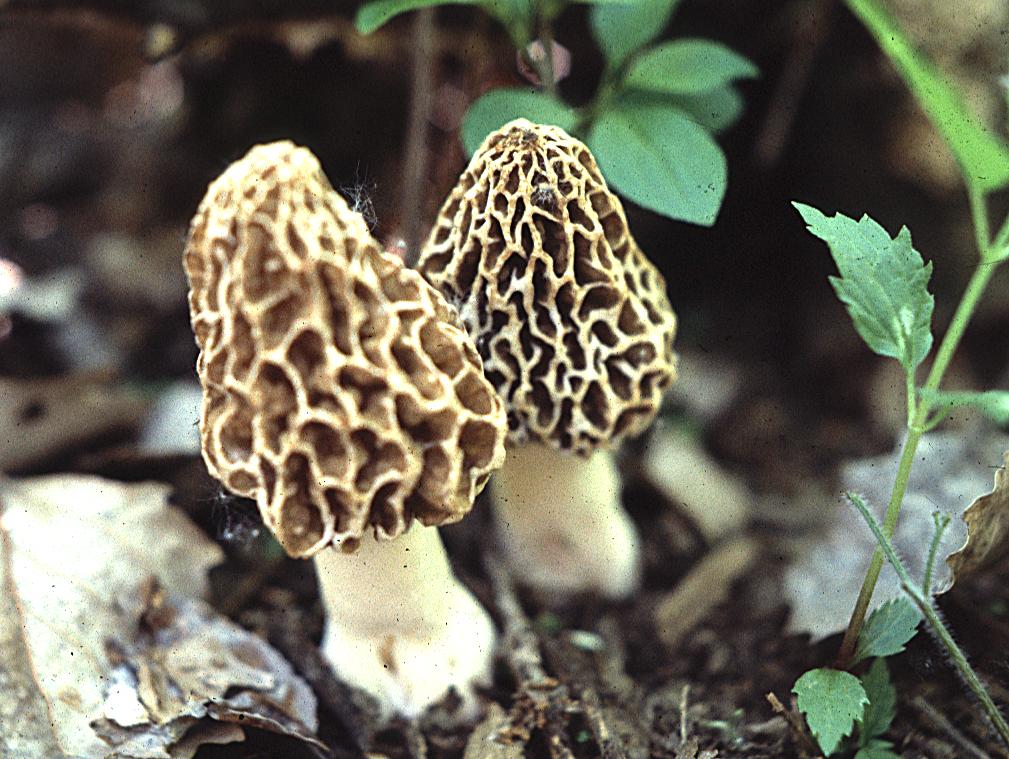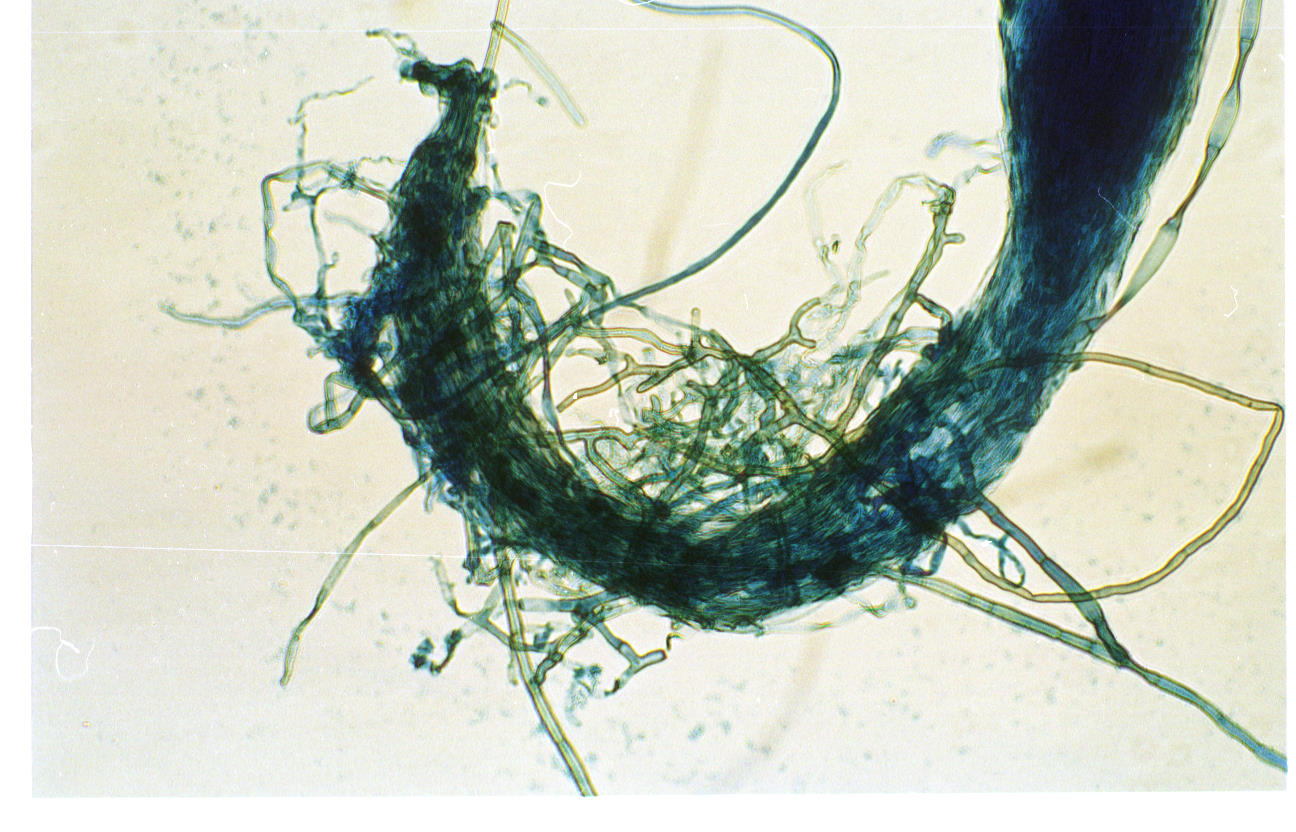Nutrition
 Morels are non-vascular which means they have no
specialized tissues to transport the nutrients they
ingest. To move the nutrients throughout the
organisms, the hypae contain internal crosswalls
called septa. These septa have pores which allow
cytoplasm to flow from one cell to the next. This
movement allows materials to be transported within
the cytoplasm of the cells. When times are "good"
and the morel can store food, it stores it as
glycogen like many other animals.
Morels are non-vascular which means they have no
specialized tissues to transport the nutrients they
ingest. To move the nutrients throughout the
organisms, the hypae contain internal crosswalls
called septa. These septa have pores which allow
cytoplasm to flow from one cell to the next. This
movement allows materials to be transported within
the cytoplasm of the cells. When times are "good"
and the morel can store food, it stores it as
glycogen like many other animals.
